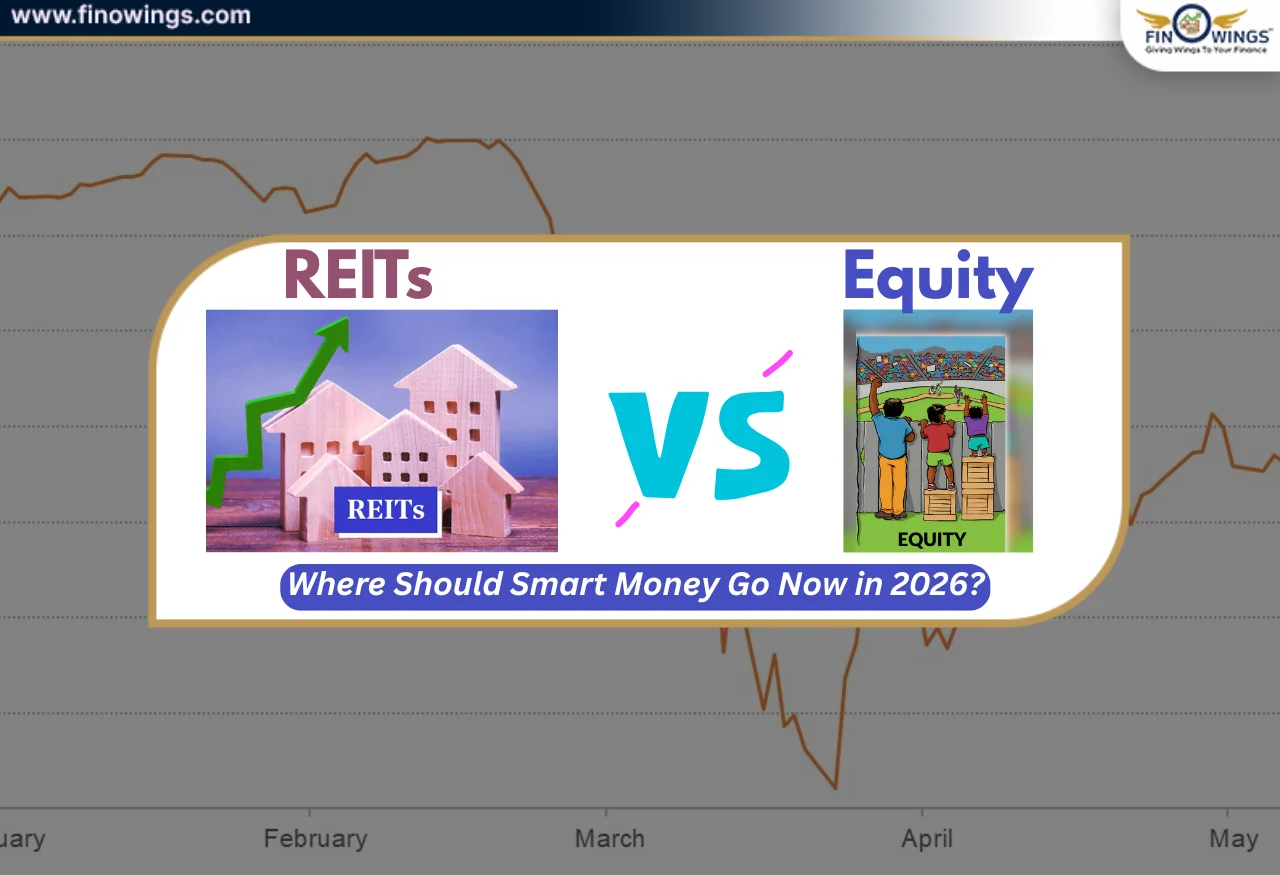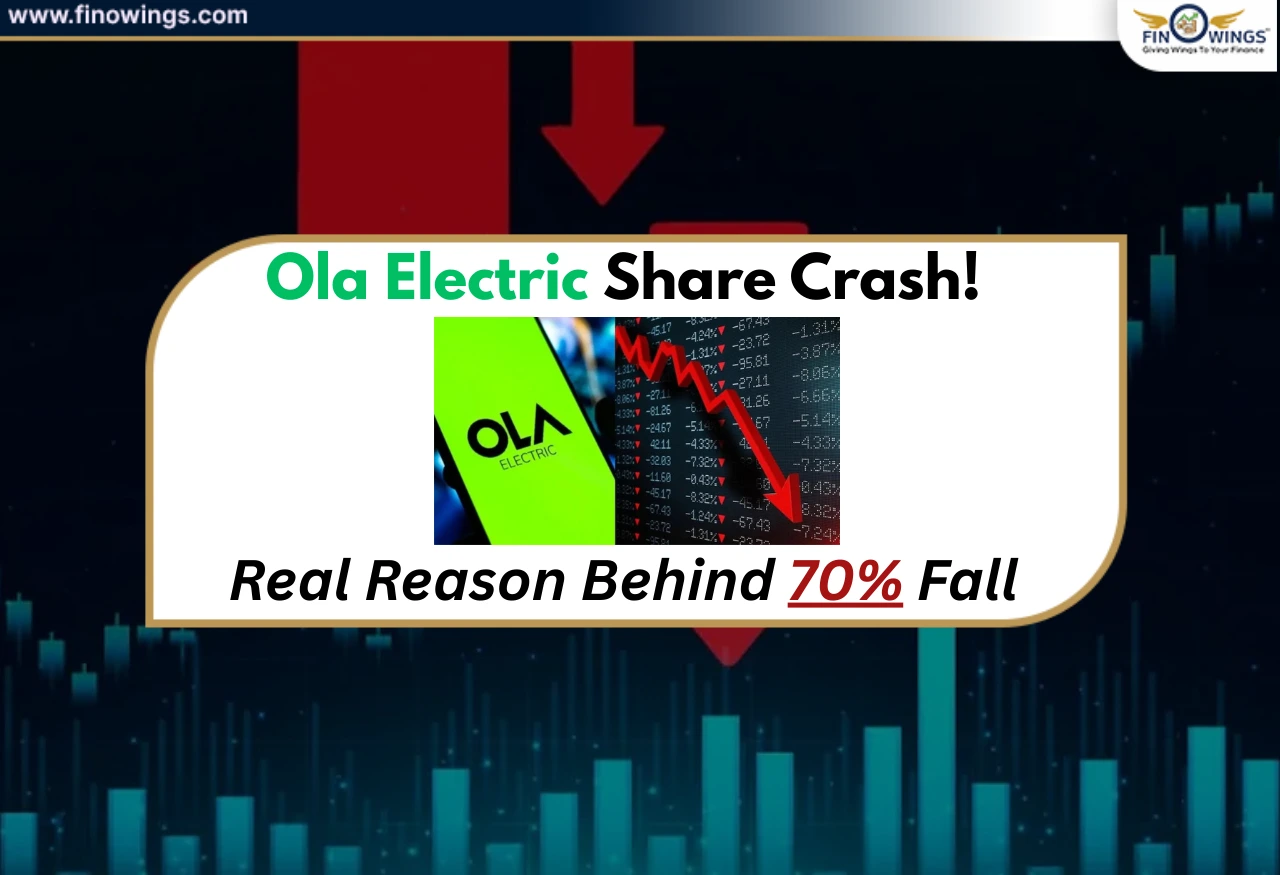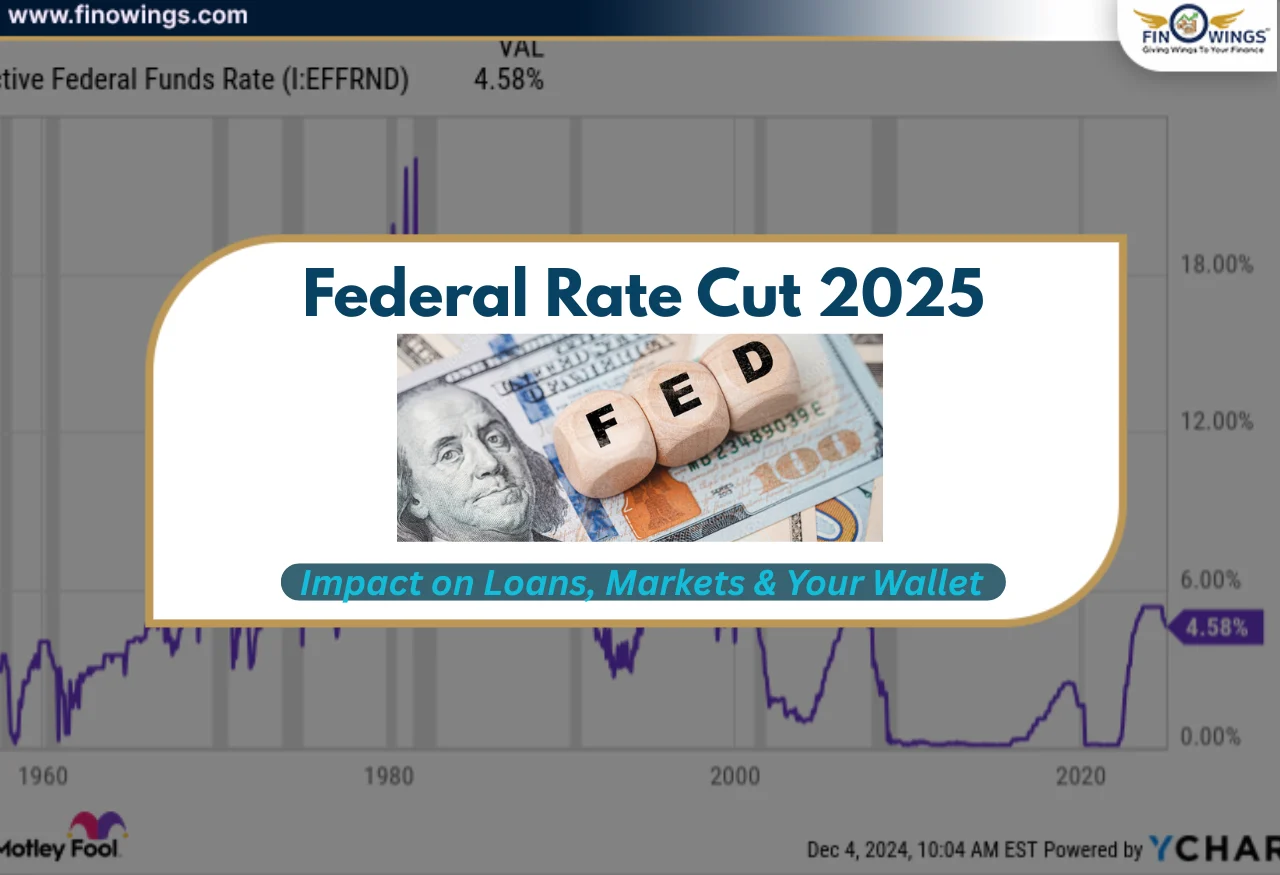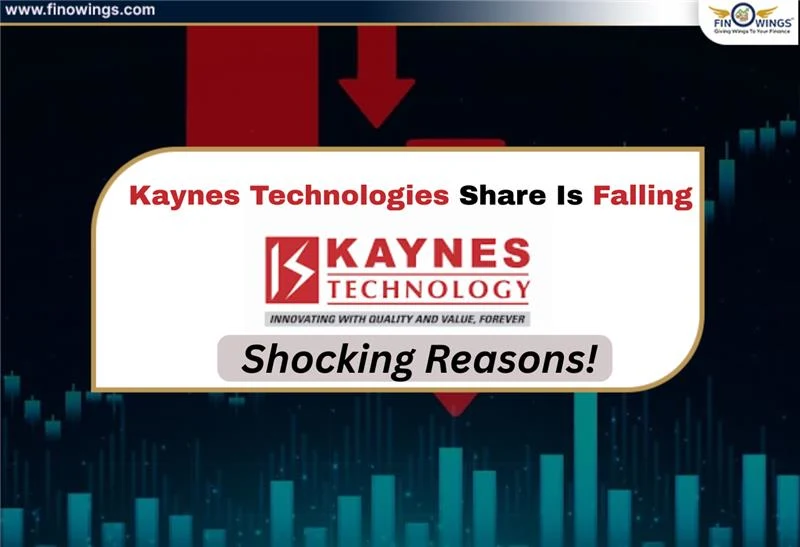Home >> Blog >> RBI kept Repo Rate unchanged - Impact on Stock Market
RBI kept Repo Rate unchanged - Impact on Stock Market
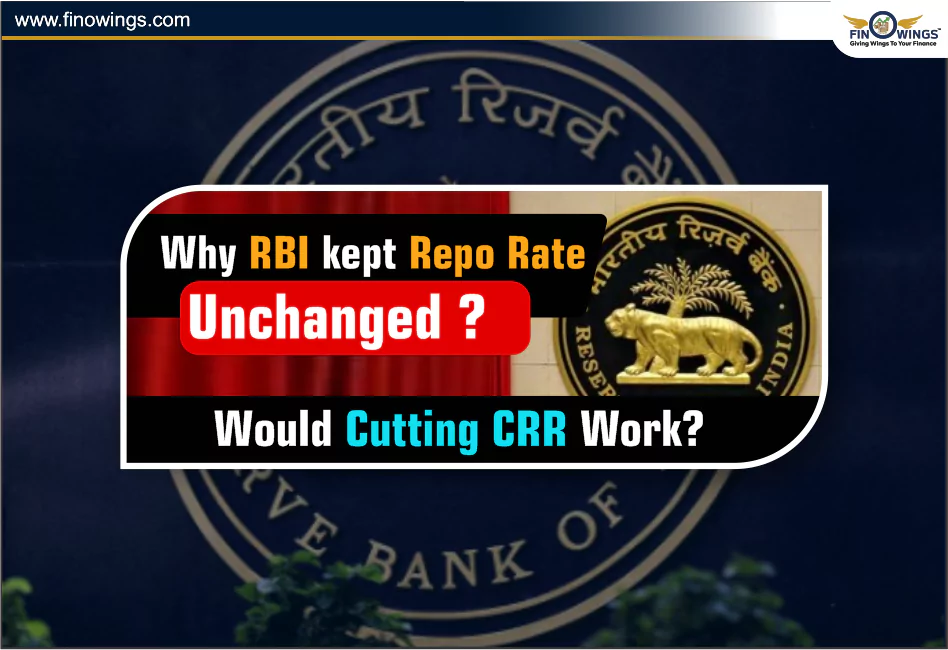
Table of Contents
RBI holds the repo rate at 6.5% in the Monetary Policy Meeting: Here's Why?
RBI today on 06 December announced the 5th bi-monthly monetary policy of FY25. The decision on the benchmark repo rate was kept unchanged at 6.5% for the 11 times in a row by the six-member Monetary Policy Committee (MPC) led by RBI Governor Shaktikanta Das.
The monetary policy stance is "Neutral," and its Cash Reserve Ratio (CRR) has also revised downwards from 50 basis points (bps) to 4%. The original prediction of 7.2% real GDP growth for FY25 is significantly lowered to 6.6%.
How is the Repo Rate decided?
-
MPC of RBI has decided by 4 to 2 votes to keep the repo rate unchanged at 6.50%.
-
Saugata Bhattacharya, Shaktikanta Das, Dr. Michael Debabrata Patra, and Dr. Rajiv Ranjan voted in favor of maintaining the policy repo rate at 6.50%.
-
Dr. Nagesh Kumar and Professor Ram Singh voted to cut the policy repo rate by 25 basis points.
-
All six members of MPC voted in favor of continuing with the neutral stance of monetary policy and of being unequivocally focused on the durable adjustment of inflation with a target while supporting growth.
Why RBI did not reduce the Repo Rate?
The Reserve Bank of India (RBI) kept the Repo rate unchanged in the meeting today for multiple economic causes. Here are some such reasons:
1. Control on Inflation
To keep inflation within the target range (typically around 4% ± 2%), RBI continued to keep rates steady to blend economic growth and price stability.
Also, concerning rising food or fuel prices, another future inflation expectation would caution the bank against making rate changes.
2. Global Economic Conditions
Global market volatility-from a change in US Federal Reserve rates to geopolitical tensions.
3. Economic Growth
Slow economic growth is also one reason.
4. Liquidity and Credit Flow
An uncertain rate helps keep borrowing and lending within some predictable boundaries. If liquidity in the banking system is to be seen as sufficient, then likely the RBI might not resort to a change.
5. Earlier Rate Hikes or Cuts
The RBI has recently altered the rates, the body will want to see how those changes affect the economy before proceeding with any moves.
Why CRR is cut?
-
Rs.1.16 crore liquidity will be made available for banks.
-
The RBI's efforts to stabilize the rupee have resulted in a tightening of liquidity in the banking system. The overall liquidity in the system has been impacted by the RBI's numerous dollar sales. Due to withdrawals associated with advance tax payment, goods and services tax (GST), and quarter-end credit demand, liquidity will become even more constrained in December.
-
Banks are anticipated to profit from the central bank's move because they do not get interest on this sum, which is retained by the RBI as CRR. Banks can use the excess liquidity to lend, which would promote economic expansion.
RBI Repo Rate and Impact on Stock Market
The RBI fires a lifeline for banks worth Rs 1.16 lakh crore. With this, the banks themselves, especially the PSUs, will benefit most immediately from the RBI's policy. In reality, such changes in CRR would allow banks to have better fund management and improved lending. The impact is already visible on the stock markets. As I write, the PSU Bank Index has gone up by 1%, showing investors' positive attitude towards these institutions.
Banking shares climbed up by 2% with low-float PSUs leading the upside, although there was no cut in rates, as liquidity boosters like CRR would breathe more life into the systems as they try to drive lending and create room for net interest margins (NIMS).
Analysts said that RBI's progressive influence through their liquidity measures would also definitely benefit non-banking financial companies (NBFCs), real estate, auto, consumer durables, and infrastructure sectors.
Conclusion:
The repo rate has been left unchanged at 6.5%, which is the current figure given by the RBI keeping in mind inflation control and the growth of the economy while gauging global uncertainties. It has a neutral monetary policy, which stabilizes prices in the economy while also ensuring a steady credit flow across the economy. Reduction in CRR may lead to improved liquidity supporting growth without affecting the inflation target. Overall, the RBI takes a cautious step keeping in mind the long-term stability of the country as opposed to the short-term fine-tuning.
DISCLAIMER: Inputs taken from various news websites. This is NOT any buy or sell recommendation. No investment or trading advice is given. The content is purely for educational and information purposes only. Always consult your eligible financial advisor for investment-related decisions.



.webp)


